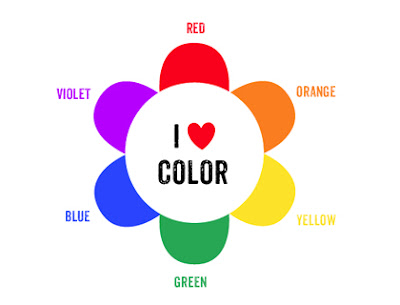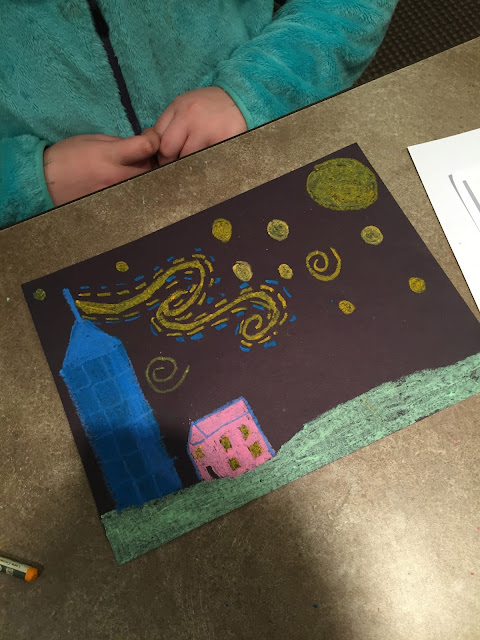Materials: sketchpad, pencils
This lesson was done for my older students that had a bit more experience in the art making process. While they were more advanced, that does not mean that this lesson cannot be taught to beginners. Results will vary!
First, I had students simply draw their hands on their papers. However, there was one catch. They had to keep their eyes on their hands at ALL times. They were not to take their eyes off their hands and look at their papers. The students didn't know it yet, but we were making blind contour drawings.
Some students are better at this than others. We are so used to looking at what we are drawing that it comes as a shock for some when they are forced to create things essentially "blind". Many individuals were getting frustrated and didn't want to make their drawings look "bad". I find that most of my older students are VERY concerned about how their work looks and they get easily angered if they don't believe their work looks good to them. They want to be neat and structured, and this activity is the complete OPPOSITE >:)
 |
| Sorry about my phone here :) |
After the activity I handed out worksheets that explained the left/right brain theory. This was an intriguing discussion for students because it made them understand how they think and why they get frustrated doing something. The LEFT brain involves more common sense and realistic thoughts. The RIGHT brain is more imaginative and less structured. We talked about if we were more left or right brained and how it affected the process of blind contour drawing.
After, we talked about how we can use both our left and right brains successfully when we work. Then, I had the students complete contour drawings where they COULD look at their paper.
 |
| Blind Contour Drawing |
 |
| Contour Drawing |
Both of these were done by the same student. Contour drawings are all about making students SEE what is actually there rather than what they THINK they see. They must rid their negative left brained thoughts and focus on seeing. This was a fun lesson that students enjoyed.








































